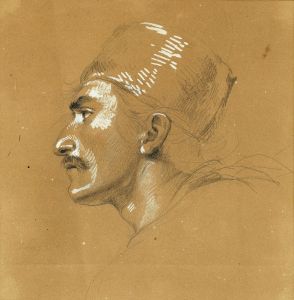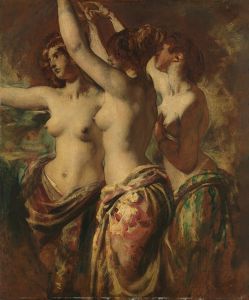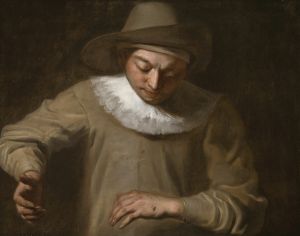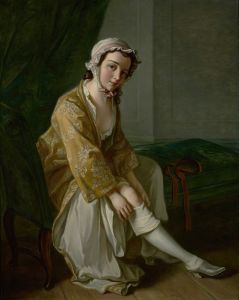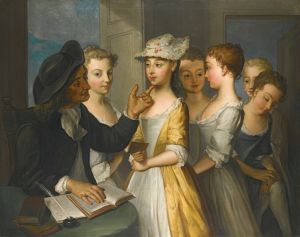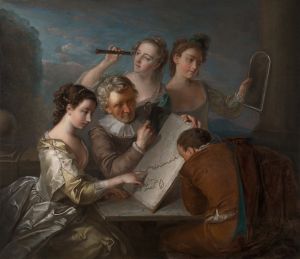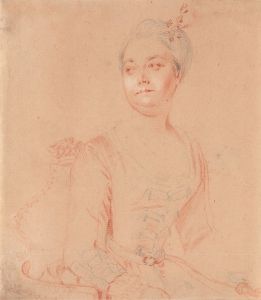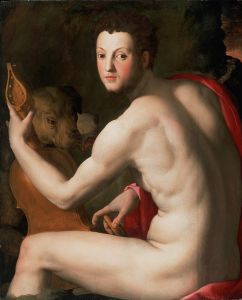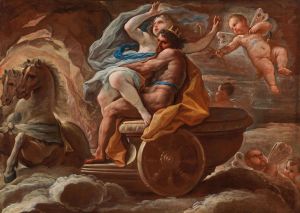
Allegory of painting
A hand-painted replica of Philippe Mercier’s masterpiece Allegory of painting, meticulously crafted by professional artists to capture the true essence of the original. Each piece is created with museum-quality canvas and rare mineral pigments, carefully painted by experienced artists with delicate brushstrokes and rich, layered colors to perfectly recreate the texture of the original artwork. Unlike machine-printed reproductions, this hand-painted version brings the painting to life, infused with the artist’s emotions and skill in every stroke. Whether for personal collection or home decoration, it instantly elevates the artistic atmosphere of any space.
Philippe Mercier was an 18th-century painter known for his contributions to the Rococo style, and he is often recognized for his genre scenes and portraits. However, specific information about a painting titled "Allegory of Painting" by Philippe Mercier is not readily available in historical records or art databases. It is possible that such a work exists under a different title, or it may not be one of his widely recognized pieces.
Philippe Mercier was born in Berlin in 1689 to French Huguenot parents. He trained in Berlin and later moved to London, where he became a prominent figure in the art scene. Mercier was appointed as a court painter to Frederick, Prince of Wales, in the 1720s, which significantly boosted his career. His work during this period often included portraits of the royal family and their associates, as well as genre scenes that depicted everyday life with a touch of elegance and charm characteristic of the Rococo movement.
Mercier's style is noted for its lightness, grace, and use of color, which aligns with the Rococo aesthetic that was popular in Europe during the 18th century. His paintings often feature a delicate interplay of light and shadow, with an emphasis on capturing the subtleties of fabric, texture, and expression. This attention to detail and the ability to convey a sense of intimacy and immediacy are hallmarks of his work.
While Mercier's oeuvre includes many portraits and genre scenes, specific allegorical works are less documented. Allegorical paintings typically use symbolic figures and imagery to convey deeper meanings or messages, often related to themes such as virtue, vice, love, or the arts. If Mercier did create an "Allegory of Painting," it would likely involve personifications or symbolic representations related to the art of painting itself, possibly featuring figures that embody creativity, inspiration, or the muse of painting.
Despite the lack of specific information about "Allegory of Painting," Mercier's influence on the art world during his time was significant. He helped popularize the Rococo style in England and was part of a broader movement that saw the blending of French and English artistic traditions. His work remains appreciated for its contribution to the development of 18th-century art, and his legacy is evident in the continued interest in his paintings and the period in which he worked.
In summary, while detailed information about a painting titled "Allegory of Painting" by Philippe Mercier is not available, his overall body of work and influence as a Rococo artist are well-documented. His paintings continue to be studied and admired for their elegance, technical skill, and the unique perspective they offer on the cultural and artistic milieu of 18th-century Europe.






